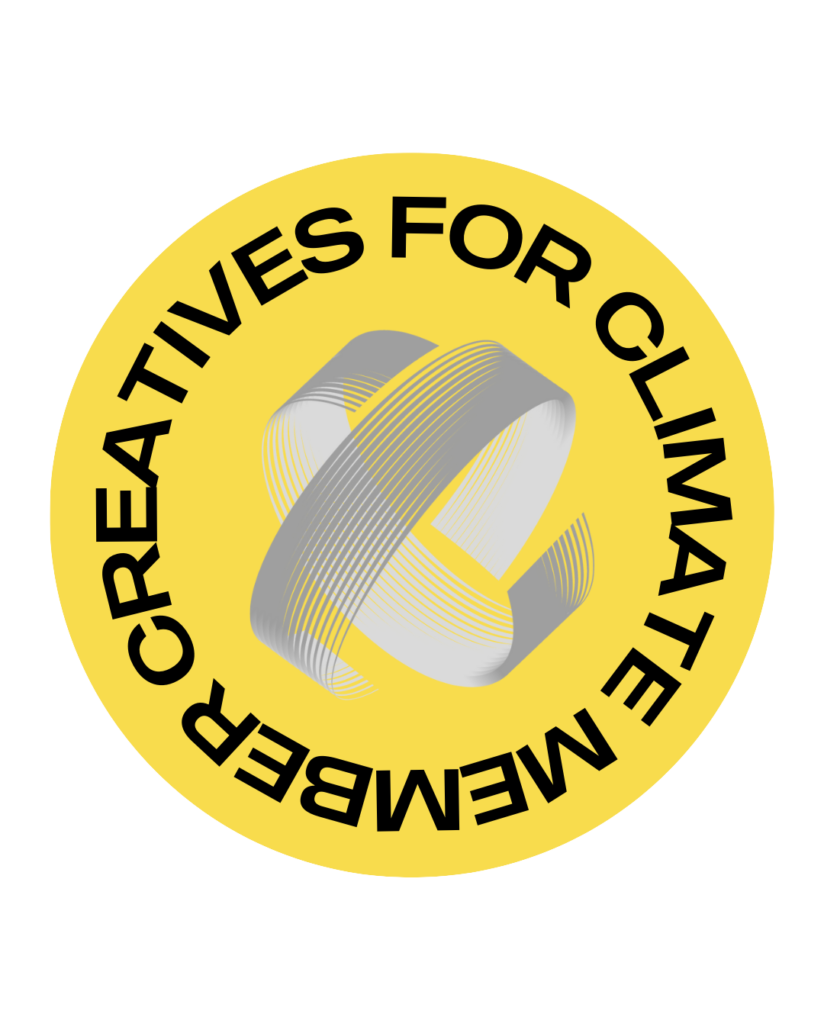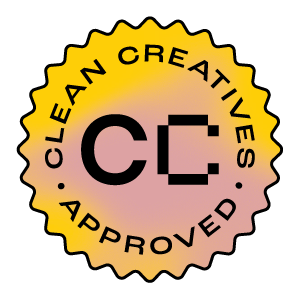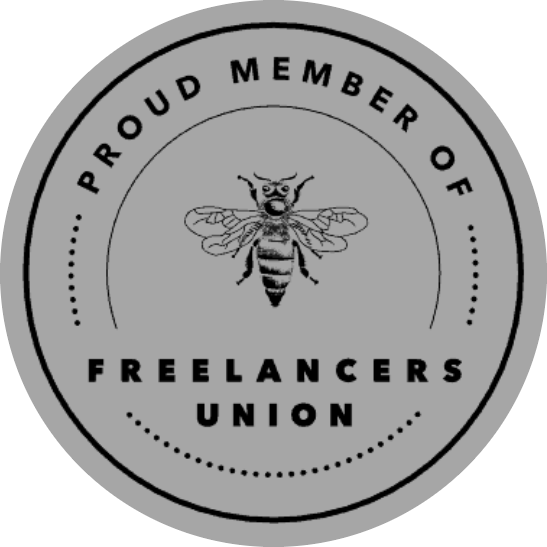Creating and Evaluating Advertising and Marketing Taglines
The Good, the Bad and the Ugly
Your brand positioning line, a.k.a. tagline, is more than just a catchy phrase. It’s the first message your customers and prospects get from your company or organization. As such, it can be a key to the success of your advertising and marketing.
A strong brand positioning line tells prospects, customers and other stakeholders what a company or organization does and why it is different from or better than the competition.
Or, if it doesn’t tell, it at least hints at what sets your company apart and serves as a springboard for broader messaging. It also can begin to communicate elements of what the company values or its culture.
So, what goes into crafting a good one?
Fredricks Communications Criteria
Brand Illuminating
A strong positioning line addresses and provides a platform for conveying a brand’s core and extended identity elements. The core is what your company is all about; the extended elements are key messages that expand upon that core identity. They put some clothes on the emperor, if you will. It’s not necessary for a line to completely encompass or convey all the key messages, but it should provide a strong basis for introducing and more fully explaining them.
Interesting / Compelling
A positioning line can, and should, spark interest among prospects, customers and other stakeholders and nudge them toward wanting to learn more.
Differentiating
As we strive to claim a specific position in the marketplace, we need to explain how we are different or superior to those who provide the same or similar products or services. Your differentiators are what allow you to own a specific position in your competitive environment; no line can accomplish this alone, but a good one will set the stage.
Based on Fact / Speak the Truth
A positioning line should be solidly grounded. One that blatantly contradicts stakeholders’ perceptions will not work and could harm the brand. An effective line builds on indisputable strengths and potential to convey what a company is today and what it is striving to be tomorrow.
Provide a Central Theme
A good positioning line provides avenues for expanding upon the extended identity elements that give the brand its full meaning. In doing so, it can become the lynchpin for a strong advertising and marketing campaign.
Explainable
Traditionally, a positioning statement is one sentence that defines a company and its direction. In this context, a positioning statement is a more thorough explanation of why a particular positioning line makes sense, fits for the company and can be applied in moving the company forward. If a line is difficult for the marketing team to explain, if it feels forced, it should be reworked or discarded.
Time Is Money
You only have a few seconds to grab someone’s attention, if that. Same goes for web-based marketing. According to a piece on Hubspot, 55 percent of the people who visit your website spend 15 seconds or less on it before they bounce. When you only get a second or two, your tagline can make a difference. Will it be a good difference or a not-so-good one?
“No company can walk out on its own story.”
I love that variation on the quote from the film “Rango,” spoken by The Spirit of the West (watch the clip beginning at 2:07), who looks and sounds an awful lot like Clint Eastwood as Blondie (a.k.a. the Man with No Name) in his spaghetti westerns, like “The Good, The Bad & The Ugly.”
What it’s all about. What your company values, stands for or believes in. What the culture is like. Whether your organization is playful, professional, cocky, welcoming… these are the elements that make up your story, and they can come through with a good tagline.
Make What’s First Truly First
There is no second or third point, no more seconds or minutes after the first few, if you aren’t able to move someone further along. Your tagline might be the first thing that people learn about your business or organization, and it can be something that makes them want to move on to the second and third. Or – if it’s lame or makes no connection – it can be the only thing they learn.
You are who you are, your company is what it is – great at providing a specific set of products or services.
It’s your story; a good tagline can help tell it well.



